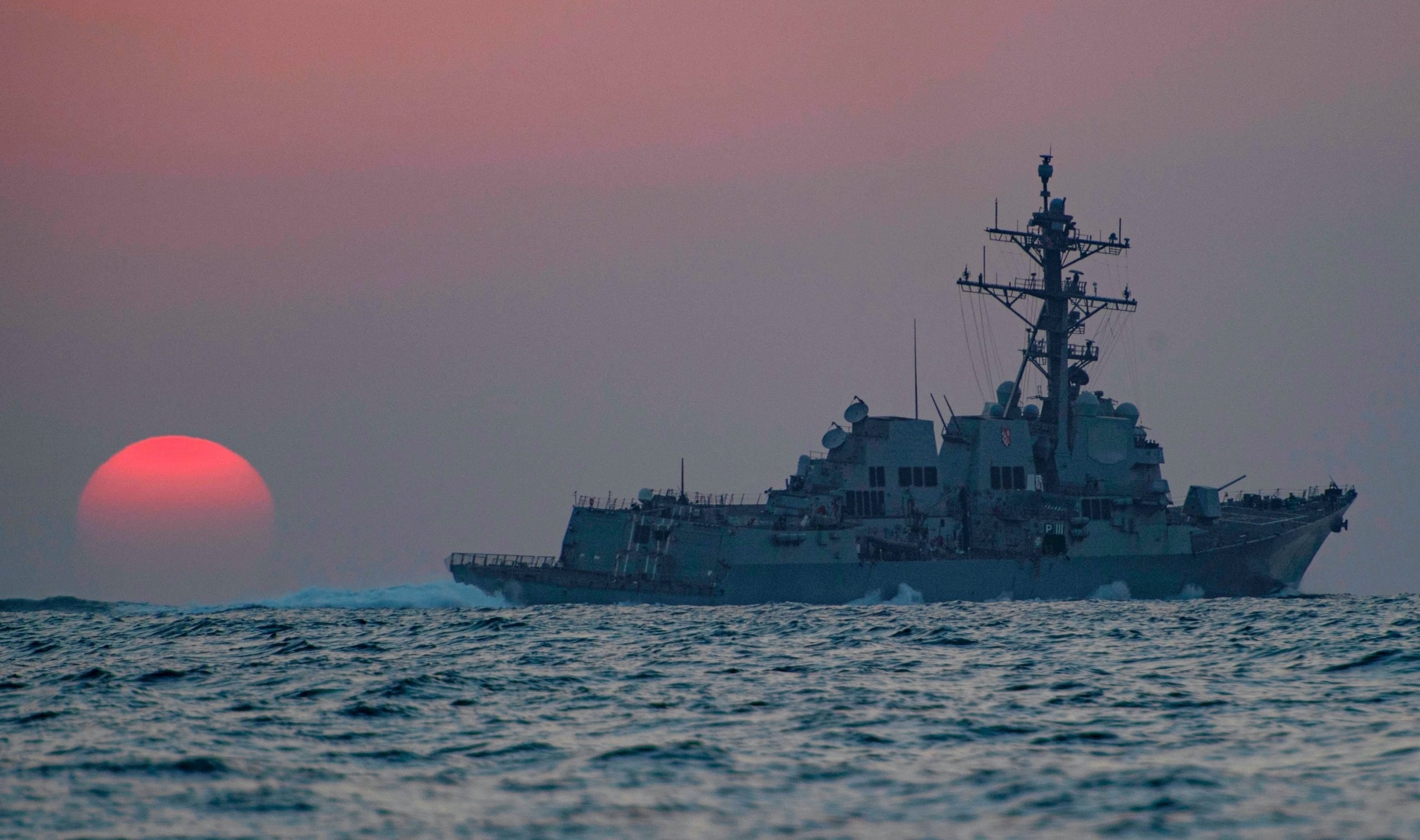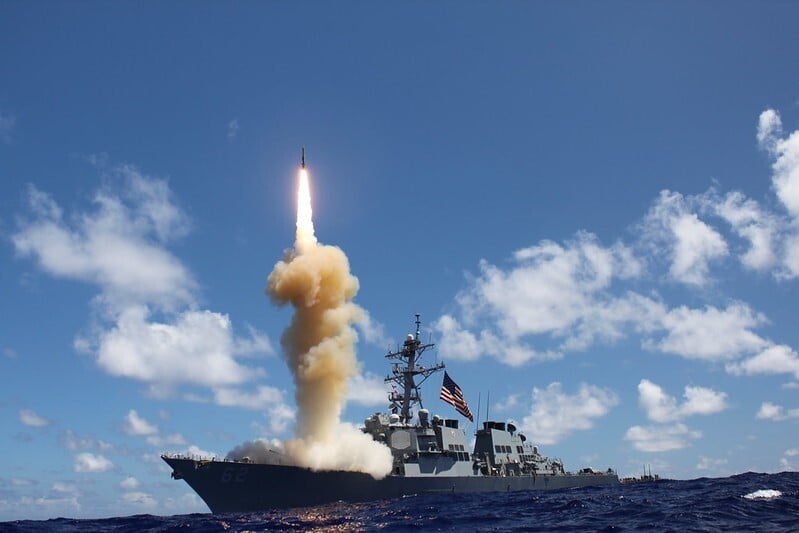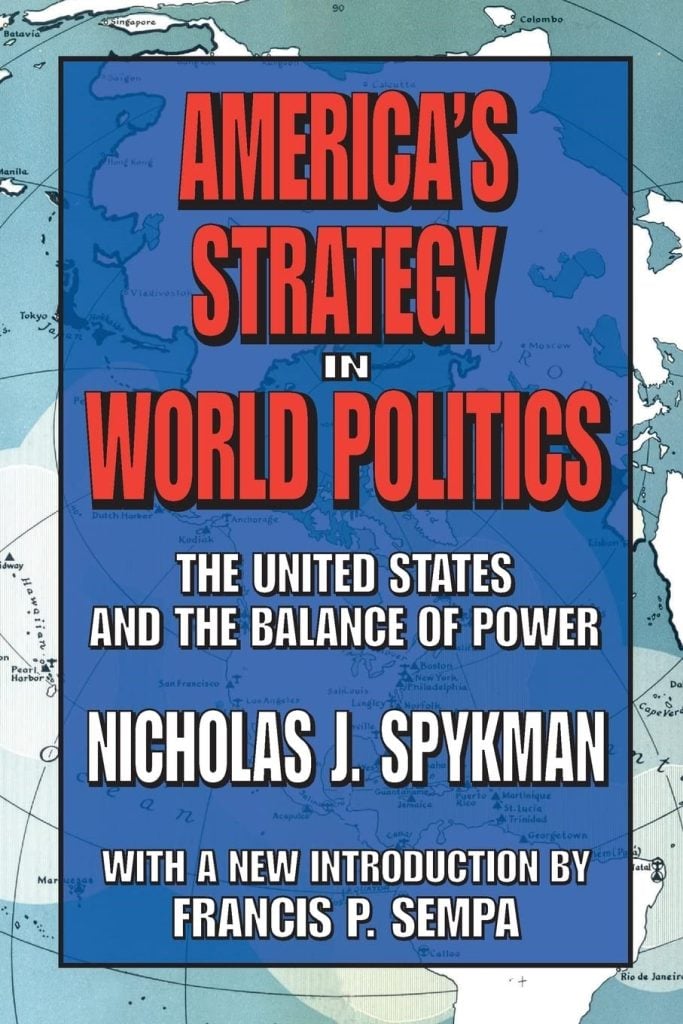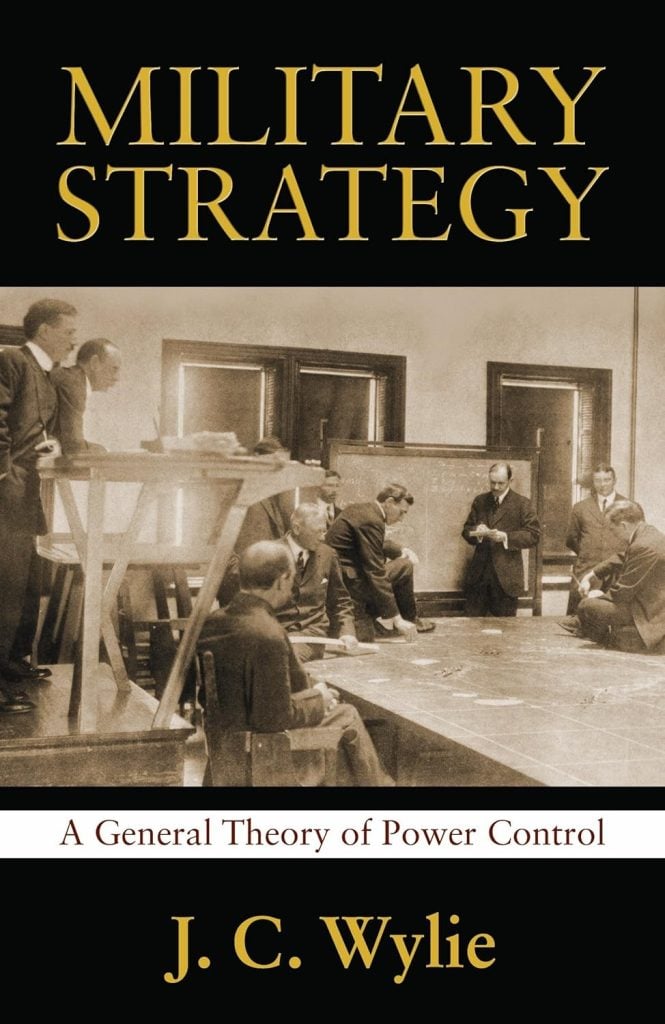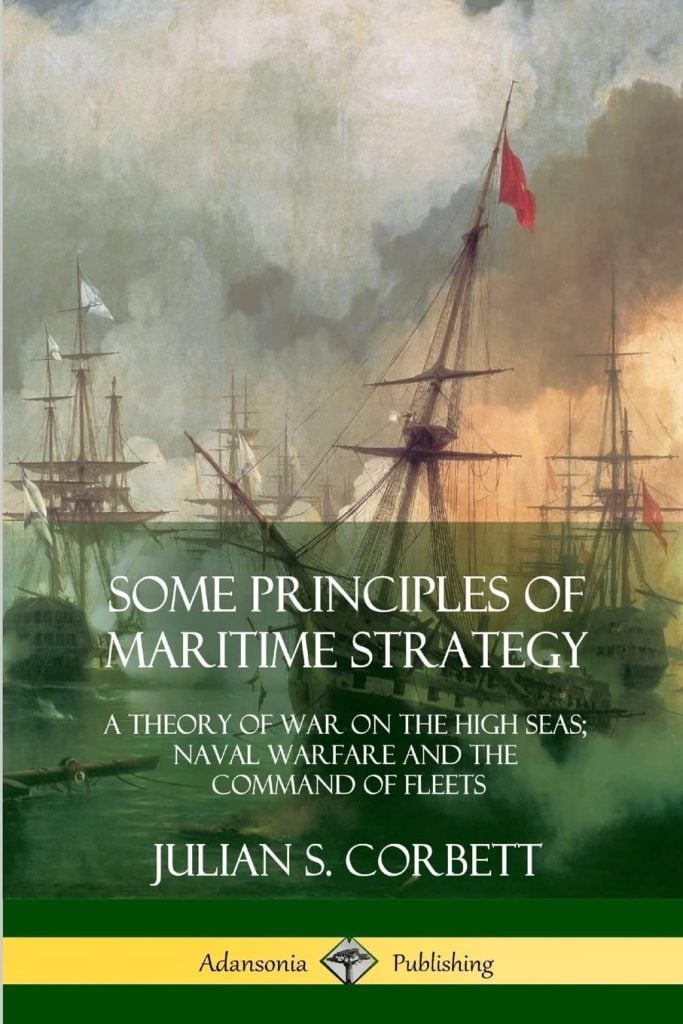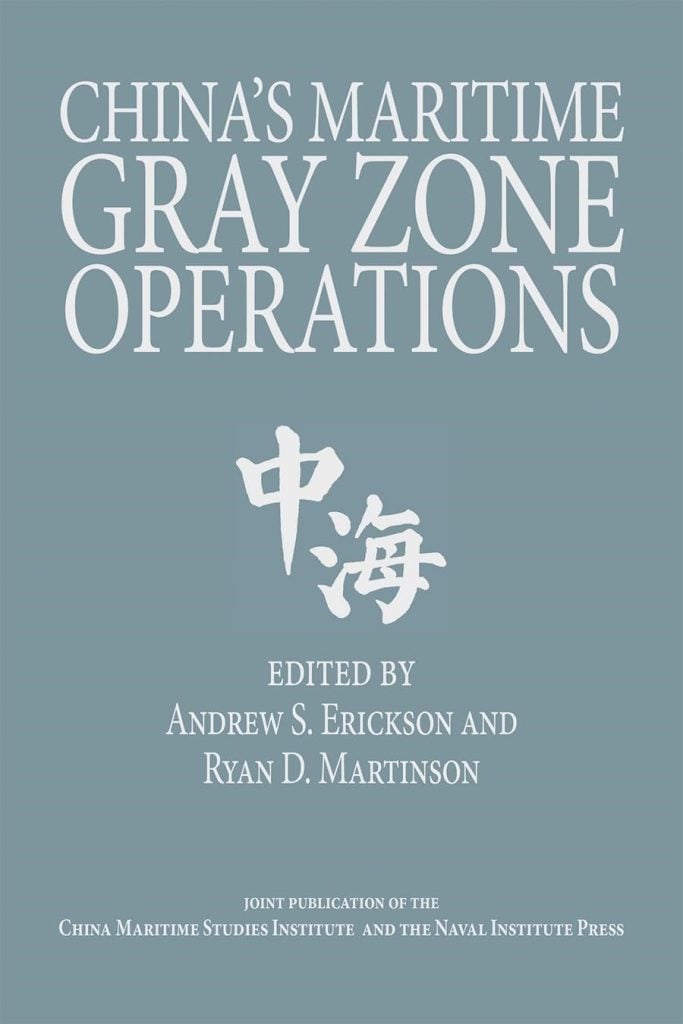In the dynamic and ever-evolving realm of naval strategy, staying abreast of the latest insights and historical perspectives is crucial for military leaders and maritime strategists. Recently, Admiral Lisa Franchetti, the esteemed Chief of Naval Operations (CNO) of the United States, released her inaugural Navy Professional Reading List, shining a spotlight on a select few works that offer invaluable guidance on the foundations, warfighting, and operational nuances of maritime power.
While this list provides a solid foundation, there are additional essential texts that delve deeper into the why’s and wherefore’s of maritime strategy, shedding light on the broader geopolitical, theoretical, and competitive dimensions that shape the nautical profession. This article delves into the Top Reads on Maritime Strategy.
5 Top Light Attack Aircraft Right Now
1. The Geography of the Peace and America’s Strategy in World Politics
At the core of any effective maritime strategy lies a deep understanding of the geographical and geopolitical realities that define the global maritime landscape. In this regard, Nicholas John Spykman’s seminal work, “The Geography of the Peace and America’s Strategy in World Politics,” stands out as a must-read for naval professionals. Spykman, widely regarded as one of the preeminent geopolitical thinkers of the 20th century, offers a prescient analysis of how the Eurasian “rimlands” – the coastal regions and marginal seas that grant access to the heartland – are the pivotal arenas where maritime competition and influence must be wielded to secure national prosperity and security.
By grasping Spykman’s insights, naval strategists can better comprehend the fundamental geographic underpinnings that shape the deployment and employment of naval forces in pursuit of strategic objectives.
2. Military Strategy: A General Theory of Power Control
Complementing the geopolitical foundations, two essential works delve into the theoretical and conceptual aspects of maritime strategy. First, J.C. Wylie’s seminal treatise, “Military Strategy: A General Theory of Power Control,” offers a concise and accessible exploration of the core principles that govern the use of military power, with a particular emphasis on the role of naval forces as enablers and supporters of ground operations. Wylie’s distinction between “sequential” and “cumulative” operations provides a nuanced understanding of how naval warfare often unfolds, underscoring the importance of sustained, incremental efforts to grind down an adversary rather than relying solely on decisive, set-piece engagements.
Building upon this theoretical framework, John B. Hattendorf’s “Mahan on Naval Strategy: Selections from the Writings of Rear Admiral Alfred Thayer Mahan” serves as an indispensable resource for comprehending the foundational elements of maritime strategy. Hattendorf’s carefully curated compilation of Mahan’s works delves into the six “elements” or determinants of sea power, shedding light on the geophysical and human factors that confer the capacity for naval supremacy upon certain nations while denying it to others. By mastering Mahan’s insights, naval professionals can develop a deeper understanding of the logic and principles that underpin the effective employment of maritime forces.
Why Some Military Planes Wear Camouflage
3. Some Principles of Maritime Strategy
Complementing Mahan’s emphasis on the logic of maritime strategy, Julian S. Corbett’s “Some Principles of Maritime Strategy” provides a comprehensive exploration of the grammar of naval warfare. Whereas Mahan focused on the overarching rationale for sea power, Corbett delves into the operational, strategic, and political dimensions of how naval forces should be deployed and employed to achieve desired outcomes.
Notably, Corbett’s recognition of the complementary roles of naval and ground forces, as well as his insights on the merits of defensive operations, offer a nuanced perspective that enriches the collective understanding of maritime strategy.
4. The Political Uses of Sea Power
In the late Cold War, strategist Edward Luttwak offered a sharp and insightful analysis of how navies impact peacetime strategic competition. Notably, his concept of “naval suasion” involves using fleet movements, port visits, and other naval activities short of direct conflict to influence decision-making in adversarial capitals—originally Moscow, and now Beijing, Moscow, and Tehran.
This “shadow” created by naval forces deters actions deemed unacceptable by U.S. and allied leaders, as they must consider the potential responses of U.S. sea power. This work is essential reading for U.S. Navy personnel engaged in strategic maritime operations.
5. China’s Maritime Gray Zone Operations.
At some point, someone might write a theoretical work on how coastal states use maritime power—beyond just their navies, including land-based military support, fishing fleets, maritime militias, and coast guards—to achieve strategic goals without direct military conflict. Until then, Andrew Erickson and Ryan Martinson from the Naval War College offer a valuable alternative.
Their edited volume examines how China has exerted control over maritime areas—though not yet claimed sovereignty—without resorting to armed conflict. U.S. and allied naval forces need to understand these unconventional strategies and tactics to effectively address them. Such methods are increasingly used by coastal states to block U.S. sea forces from entering regions like the South China Sea and Eastern Mediterranean, challenging Nicholas Spykman’s rimlands strategy.
The Future of Air-to-Air Refueling
Conclusion
In the dynamic and ever-evolving realm of maritime strategy, the professional development of naval leaders and strategists must go beyond the mastery of operational and tactical nuances. By delving into the essential works that explore the geopolitical foundations, the theoretical underpinnings, and the broader strategic dimensions of maritime power, naval professionals can develop a holistic understanding that empowers them to navigate the complexities of the nautical domain with confidence, purpose, and strategic acumen. The reading list presented here, complementing the CNO’s recommendations, provides a comprehensive framework for building a cadre of naval leaders who are not only skilled in the mechanics of warfare, but also deeply versed in the why’s and wherefore’s of maritime strategy – a critical prerequisite for securing victory in the competitive and ever-changing global maritime environment.
FAQs
1. What is a maritime strategy?
A contemporary maritime strategy integrates air, sea, and land forces working together to impact operations in coastal regions, while also incorporating traditional blue-water concepts like sea denial and sea control. It goes beyond naval forces or naval strategy alone.
2. What is the primary concern of maritime strategy?
The core objective of the military aspect of maritime strategy is to regulate human activity at sea through the application of armed force, thereby supporting the broader goals outlined in national maritime policy.
3. What are the six maritime strategy core capabilities?
The Navy, Marine Corps, and Coast Guard perform various missions, but six core capabilities define United States naval power: forward presence, deterrence, sea control, power projection, maritime security, and FHA.
4. What are the 4 concepts of maritime security?
Maritime security is a broad term used to address various issues in the maritime domain, often linked to national security, the marine environment, economic development, and human security.
5. What is the national strategy for maritime security?
The updated National Strategy for Maritime Security integrates all Federal maritime security programs and initiatives into a unified national effort, involving Federal, State, local, and private sector entities.
